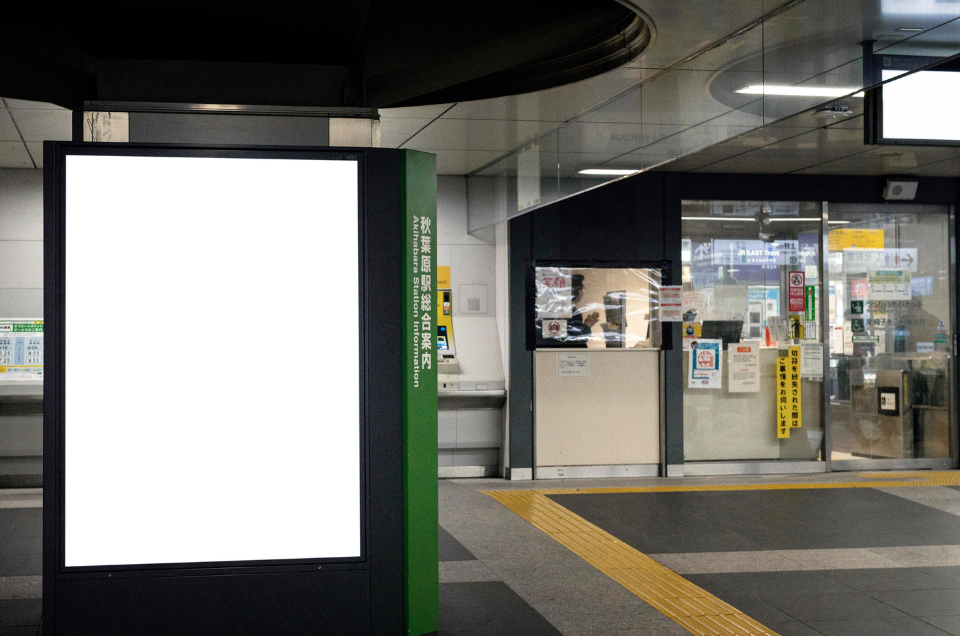The Power of Psychology, Visuals, and Storytelling in Advertising

In today’s competitive marketing landscape, brands must go beyond traditional advertising tactics to capture attention and drive action. The secret to truly impactful advertising lies in the combination of psychology, visual appeal, and storytelling. When used effectively, these elements create compelling campaigns that resonate deeply with audiences and leave a lasting impression.
Understanding how people think, and feel is key to influencing their behavior. Successful advertising isn’t just about what you sell, it’s how you make people feel, what they see, and the story you tell. Here’s why this powerful trio matters in modern advertising.
The Psychology Behind Persuasive Advertising

Advertising is not just about selling a product, it’s about understanding human behavior and emotions. The best ads tap into psychological principle such as:
1. Emotional Triggers
People make decisions based on emotions first, then justify them with logic. Ads that evoke happiness, nostalgia, fear, or excitement tend to leave a stronger impact and are more likely to drive action. Emotions like joy or inspiration can help people connect with a brand on a deeper level.
When an ad sparks a feeling, it becomes more than just information, it becomes memorable. That emotional resonance builds familiarity and trust, making it easier for people to choose your brand over others.
2. The Power of Reciprocity
When brands offer something valuable like free content, or exclusive deals, customers feel inclined to return the favor by engaging or making a purchase. This small gesture creates a sense of obligation and goodwill toward the brand.
People naturally want to give back when they receive something first. Whether it’s helpful tips, loyalty points, or surprise perks, using reciprocity in your ads can foster stronger connections with your audience.
3. Social Proof & FOMO
Consumers are influenced by testimonials, reviews, and trends. The fear of missing out (FOMO) makes people more likely to act when they see others engaging with a product or brand.
Showing real customers, influencers, or communities using your product builds credibility. Highlighting trends or scarcity also triggers urgency, nudging people to act faster.
4. Color Psychology
Colors have a profound effect on perception. Red evokes urgency, blue build trust, and yellow conveys optimism. Choosing the right color can set the emotional tone of your message.
Each color can send a subconscious signal. Matching your color palette to the message you want to send can make your ad more persuasive and appealing.
The Role of Visuals in Advertising Success

In a fast-scrolling digital world, visuals must grab attention instantly. Studies show that people process images 60,000 times faster than text, making strong visual elements critical for effective advertising.
1. Eye-Catching Design
High-quality images, bold typography, and clear layouts enhance readability and engagement. A well-composed ad can stop someone mid-scroll and drive curiosity.
A visually strong design also improves comprehension. People are more likely to understand and remember your message when it’s delivered through powerful imagery.
2. Brand Consistency
A cohesive color scheme and design aesthetic help reinforce brand identity and recognition. Consistent branding build trust and makes your content feel familiar, even on different platforms.
Over time, consistent visuals help audiences recognize your brand instantly. Whether it’s a signature color or logo placement, repetition makes your brand more memorable.
3. Motion Graphics & Video
Video content and animated visuals are more engaging than static ads, increasing retention and click-through rates. Moving visuals keep viewers’ attention longer and allows you to explain more in less time.
Adding animation or short video clips can increase storytelling potential and provide a better sensory experience. Motion adds life to your message, making it more dynamic and impactful.
Why Storytelling is the Heart of Effective Advertising

Great advertising doesn’t just inform, it tells a story. Story-driven ads create emotional connections and make brands more relatable.
1. The Hero’s Journey
Many ads follow a storytelling framework where the customer is the hero, facing a problem that the brand helps solve. This narrative structure helps position the brand as a helpful guide.
By casting the audience as the main character, you make them feel seen and understood. Your product becomes a meaningful part of their journey.
2. Relatable Narratives
Human-centric stories featuring real-life struggles, humor, or triumphs make ads more engaging and shareable. People connect more easily with stories they can see themselves in
A good story invites empathy. Whether it’s overcoming obstacles or celebrating small wins, relatable content can make your brand feel more human.
3. Repetitive Messaging
Catchy slogans, jingles, and narratives that reinforce key messages increase brand recall. Repetition helps imprint your message in the midst of consumers.
Memorable phrases or storylines create consistency. When repeated across ads, they become synonymous with your brand, boosting recognition and loyalty.
Bringing It All Together is Ads That Inspire Action
The most successful advertising campaigns seamlessly integrate psychology, visuals, and storytelling. Whether it’s a powerful TV commercial, an engaging social media post, or a compelling digital ad, these elements work together to influence perception and drive conversions.
It’s not about using trends just for the sake of it, it’s about building messages that connect. When a brand can evoke emotion, use striking visuals, and tells a great story, people are more likely to remember and act on it.
How Neuromarketing Elevates Modern Ads

Neuromarketing takes all of this one step further by studying how the brain responds to advertising stimuli. By analyzing reactions like eye movement, heart rate, and facial expressions, brands can fine-tune their ads for maximum emotional and visual impact.
This scientific approach helps eliminate guesswork. When you understand what triggers attention and emotion on a deeper level, you can craft messages that truly resonate with your target audience.
Learn More at Media Summit Malaysia 2025
At Media Summit Malaysia 2025, industry experts will dive deeper into these strategies, revealing how top brands craft high-impact campaigns. Don’t miss your chance to master the art of psychologically driven, visual striking, and story-rich advertising!






